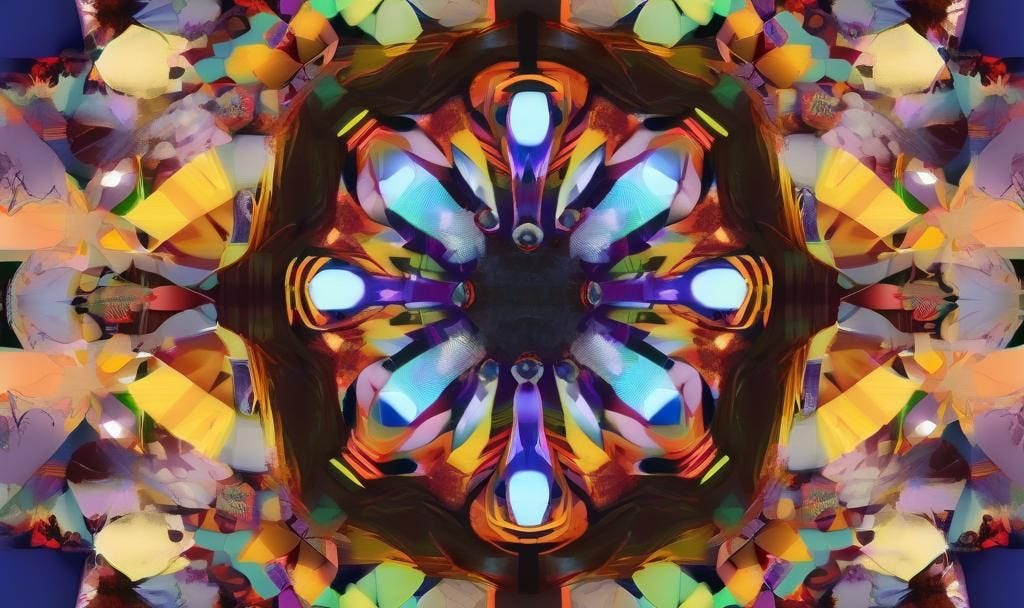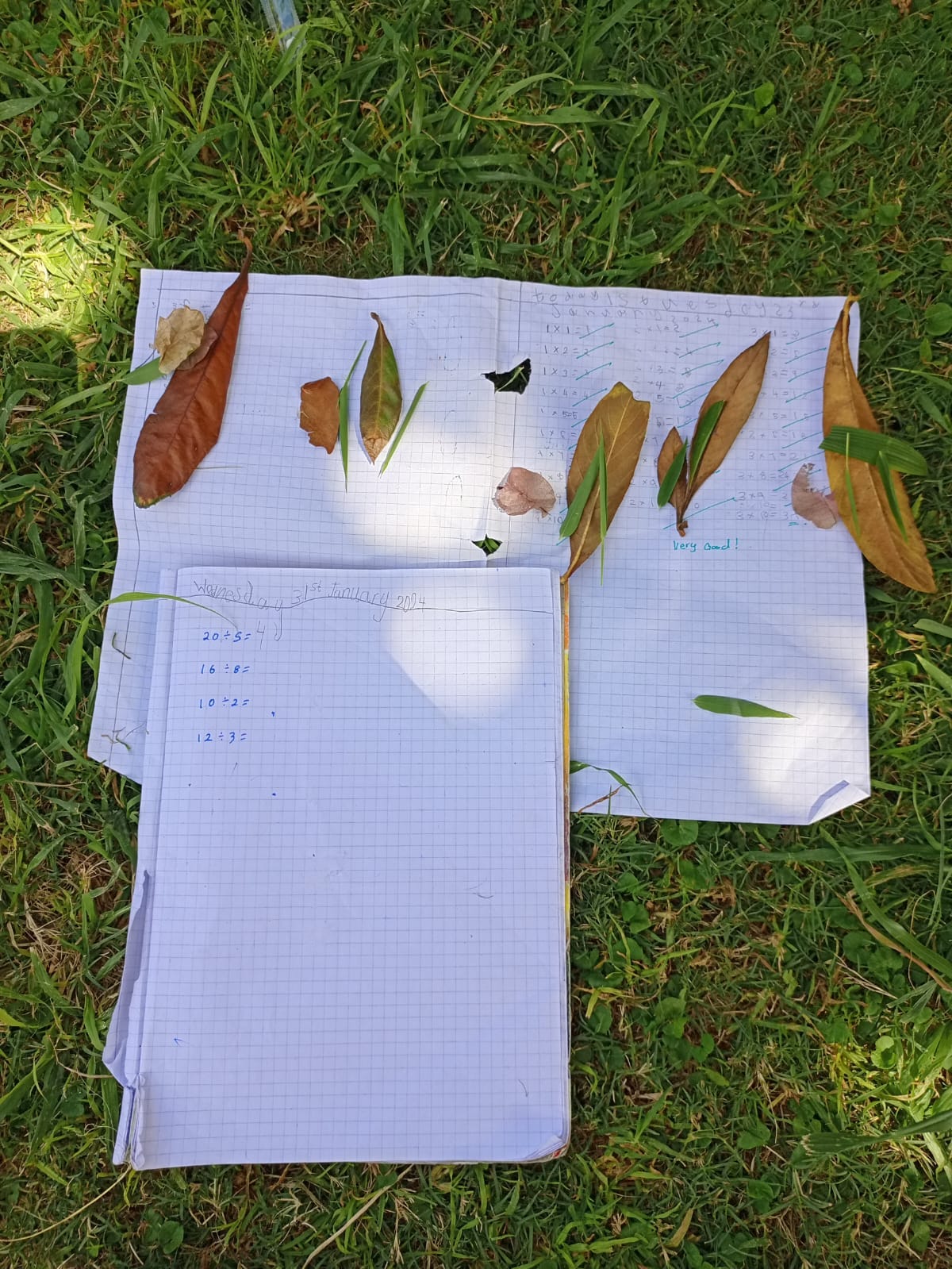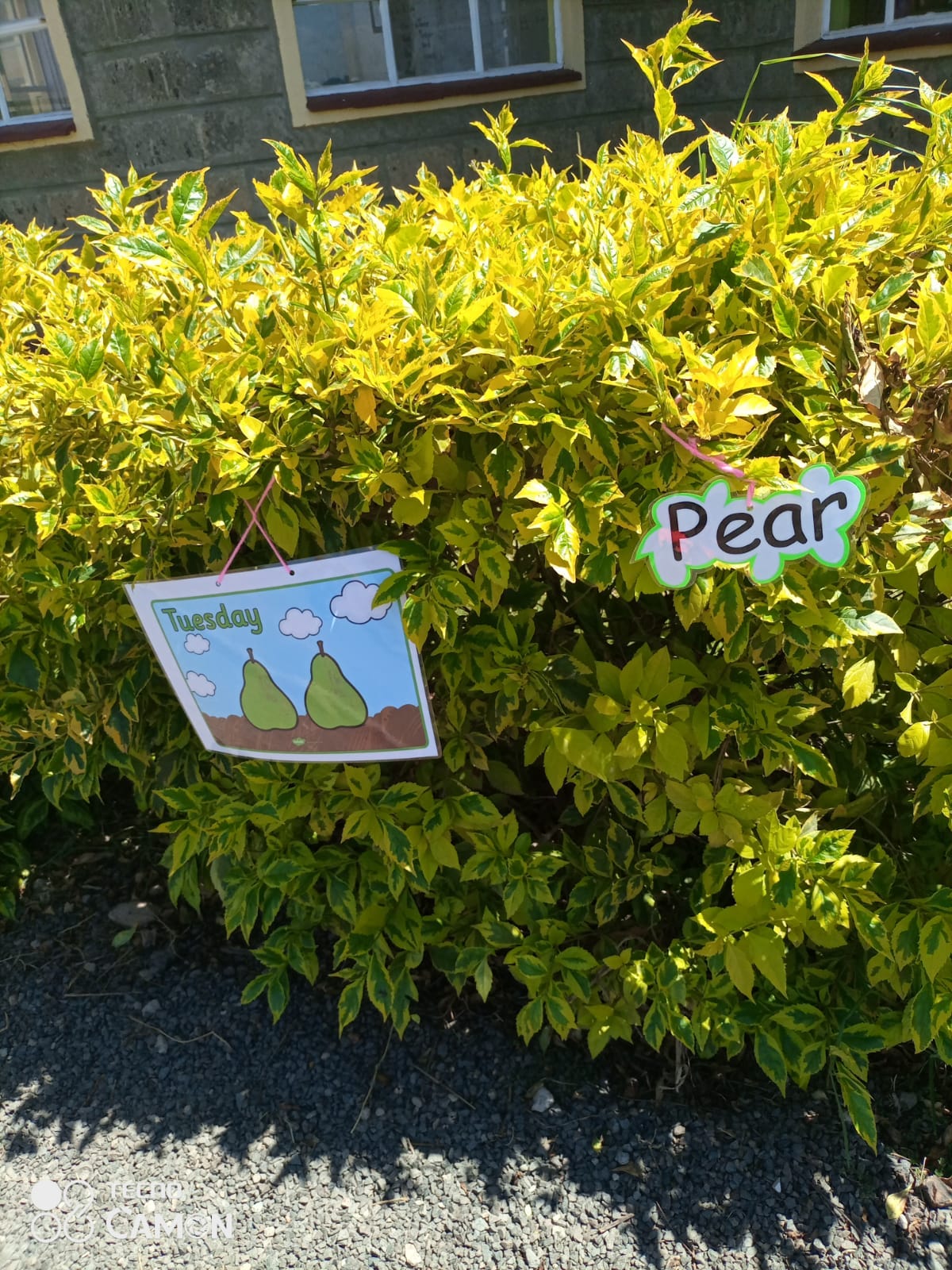On Monday, October 21st, the first cohort of 14 Kenyan Good Natured Learning fellows graduated. Last week, I wrote about all.the.feels I was experiencing going into graduation. This week, I’m sharing the speech I gave at their graduation.
If you prefer, you can listen to me read the speech:
I remember making a kaleidoscope as a kid. I think I was in grade three. The project involved a paper towel tube, wax paper, tin foil, a rubber band, and some colorful beads. These simple ingredients in my 8-year old hands gave way to infinitely variable and mesmerizing geometric patterns of light and color.
You all are like this – taking basic ingredients like sunlight and mud and ladybugs and pebbles and trees and leaves and sticks and fresh air – and your love for your students – to create an infinite variety of meaningful, vibrant learning experiences and connections. Connections between and amongst humans – you with your students, your students with you, and your students with each other. And also growing connections between humans with more-than-human nature.
This is fitting, because I think of you all as butterflies. And a group of butterflies is called a kaleidoscope.

Our kaleidoscope has given way to so much beauty.
Hold it up to the light and you’ll see Lyne’s students learning multiplication and division with leaves and sticks and wondering if it’s really math because they’re having so much fun.
A small turn reveals Fred’s learners transplanting their own spinach starts into the raised bed they prepared on the edges of their school grounds.
Another twist reveals Carol’s students gazing up at the clouds, mindful of their bodies and spirits.
Just a quarter rotation gives way to Ruth with her students in their favorite outdoor spot – a spot they now think of as their own – tilting their heads, listening carefully, mapping the sounds around them.
Now we see Mel’s learners solving math problems dangling from tree branches – saying, “When I go outdoors for math, I feel calm, peaceful, happy, and it makes me think creatively and enjoy.”
We tip the kaleidoscope to the right and see Sophia’s students enmeshed in the roots of a tree. One whispers softly to a wakaguku – a small insect known to provide directions. I wonder, what is the wakaguku telling that boy? Maybe she is dispensing life advice. Maybe she is just listening.
Next we can see Khadija’s students making mini ecosystems on their school field. As their focus is drawn to a small patch of ground, their awareness grows about the role even the tiniest insects play in the larger ecosystem. And they gain perspective about their own role in the larger whole.
Raise the kaleidoscope up a notch to catch a different light. The beads shake and settle and you see Shem’s students stacking rocks to explore mountain formation.
Shake the beads gently and you see Liz and her students out on a phonics nature walk looking for N-N-Nests and discovering instead a dying bird – and then turning instinctually to gather leaves and delicately placing them on the dying bird’s body to give her a proper send-off. Liz makes space for this, holding her students’ sadness and making room for this moment of interspecies empathy. This, not phonics, is today’s lesson.
Rotate the kaleidoscope again and you’ll see Sadia’s learners not wanting to go back indoors because they are having such fun with their literacy scavenger hunt.
Turn it again to see a student approach Jackson on the walk to their outdoor classroom to tell him he has been bullied. We don’t really understand why or how. It just seems a magical combination of fresh air and sunlight made this sharing possible.
And then we see Esther’s student, one initially terrified of going outdoors, sneaking out to water the plants – seeking more time with nature now that he has grown comfortable outside with Esther’s guidance and the support of his peers.
Another twist takes us to Ellah’s student – a boy with severe autism who has never been focused or quiet before – standing stock still touching a tree – feeling the texture of the tree's bark and, I think, her heartbeat.
A final turn reveals Aggie’s students ordering the events of The Very Hungry Caterpillar. 1 apple, 2 pears…they start chasing real butterflies on the side.
I believe in you. In our community – our kaleidoscope – of butterfly teachers. In this – the idea and the palpable reality you’ve made happen over the past 11 months that routine, modest, bite-sized nature connections can and must be nurtured by trusted adults – teachers – with their students in school. And that these connections matter. I believe human connections with more-than-human nature are essential and existential.
For human wellbeing, yes.
And, it’s more than that.
Famous anti-apartheid racial justice warrior, religious leader, and winner of the Nobel Prize for Peace, Desmond Tutu once said,
“My humanity is bound up in yours, for we can only be human together.”
I agree. And I think there’s more.
I believe our collective humanity is caught up in the wholeness of this big blue-and-green ball we call Earth and in the wellbeing of the living and non-living beings with whom we share this place and moment.
Asante sana. For nurturing this belief through the way you teach – for being a vibrant kaleidoscope of light and hope.






Very true. And moving.
Beautiful!